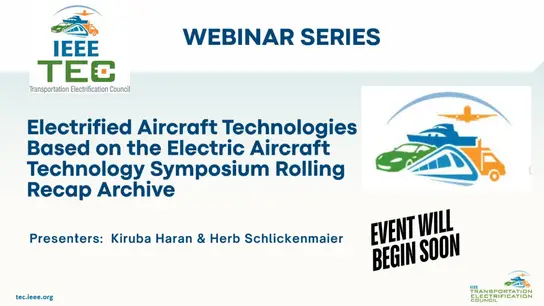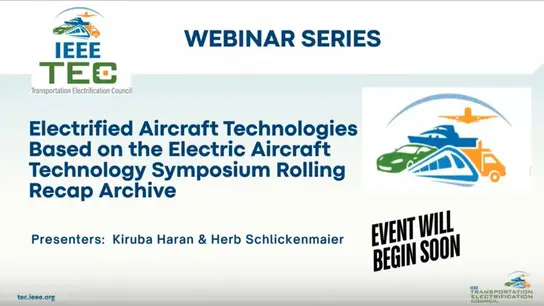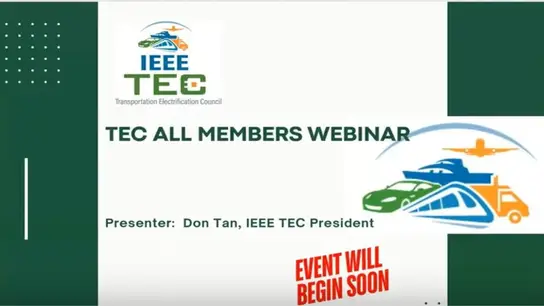-
Members: $25.00TEC
IEEE Members: $40.00
Non-members: $50.00Length: 1:34:55
07 Dec 2020
Abstract: The critical components of an Electric Vehicle are the battery and the motor drive. Energy storages such as batteries and super-capacitors are now the major energy storage units. The energy sources like fuel cell, and flow battery are also getting popular and are promising energy storage for future devices. Thanks to the hydrogen economy, the coming new fuel with zero carbon will be a trend. Energy cell packaging is now a new direction. The use of energy cells to integrate with the vehicle body has been reported and suggests good potential for energy management. The energy management and balancing technique is now a necessary component to manage the energy cells. Besides the energy storage and the traction motor and drives, there are numerous motors and actuators used in modern electric vehicles. They ate located in various position of a vehicle to replace the conventional mechanical and hydraulic system. They may include an active suspension system to replace the conventional hydraulic system. The In-wheel motor is based on integrating the motor and wheel into a single unit that increase the power density and presents a real 4-wheel drive. The skid steering can, therefore, be realized. Also, the anti-lock braking (ABS) is an all-electric braking system, and replaces the conventional hydraulic system in ABS. In this tutorial, I will give an extensive overview of the latest electric vehicle technology in energy storage, sources, and part-components that could be used in the present and the future. The talk covers the major advanced components of an electric vehicle and the technology and research related to the development. Finally, I will conclude the tutorial with an outlook on future vehicles. The tutorial is suitable for researchers or engineers with a deep knowledge of electric vehicles and is also suitable for someone who is new to the field.
Primary Committee:
IEEE TEC


